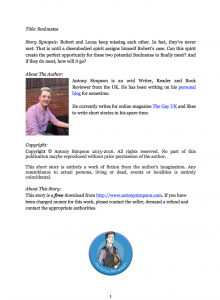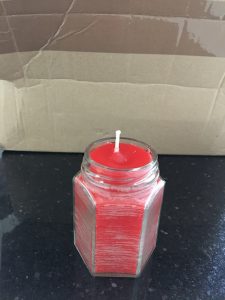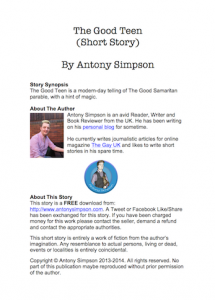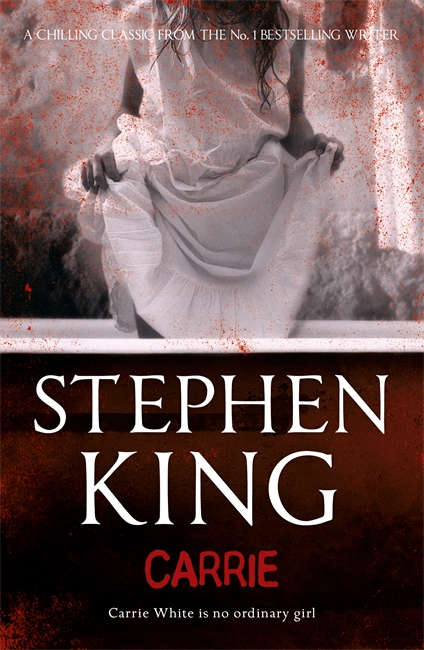How do you know if you’re in a healthy relationship or not? Find out more below.
If you are in a healthy relationship you should tick most of the boxes on the checklist below:
![]() You can do things independently, without getting a hard time from your partner. You can explore interests, have hobbies, etc.
You can do things independently, without getting a hard time from your partner. You can explore interests, have hobbies, etc.
![]() You can communicate openly and honestly with your partner without negative judgement or fear.
You can communicate openly and honestly with your partner without negative judgement or fear.
![]() You never have to hide anything from your partner.
You never have to hide anything from your partner.
![]() You get support from your partner when you are vulnerable.
You get support from your partner when you are vulnerable.
![]() Your partner encourages and supports you in everything that you do.
Your partner encourages and supports you in everything that you do.
![]() You have shared your dreams and hopes with your partner.
You have shared your dreams and hopes with your partner.
![]() You and your partner have shared ambitions for your life together.
You and your partner have shared ambitions for your life together.
![]() You feel safe: physically, mentally and emotionally.
You feel safe: physically, mentally and emotionally.
![]() You have regular contact with friends and family members.
You have regular contact with friends and family members.
![]() Your partner never makes you feel bad for spending time with others.
Your partner never makes you feel bad for spending time with others.
![]() Your partner always shows you respect.
Your partner always shows you respect.
![]() You and your partner laugh together.
You and your partner laugh together.
![]() You and your partner listen to one another.
You and your partner listen to one another.
![]() You and your partner both approach the relationship as a learning experience.
You and your partner both approach the relationship as a learning experience.
![]() Your relationship adds something to both you and your partner’s life.
Your relationship adds something to both you and your partner’s life.
![]() Your partner speaks to you with kindness.
Your partner speaks to you with kindness.
![]() Your friends and family honestly think your relationship is a healthy one.
Your friends and family honestly think your relationship is a healthy one.
![]() Your relationship started with vulnerability, connection and intimacy.
Your relationship started with vulnerability, connection and intimacy.
![]() You would use these words to describe your relationship: trust, warmth and attachment.
You would use these words to describe your relationship: trust, warmth and attachment.
![]() Your partner never belittles you.
Your partner never belittles you.
![]() Neither your partner or yourself displays contempt for the other. No eye rolling. No squinting at them as if to say what are you talking about?
Neither your partner or yourself displays contempt for the other. No eye rolling. No squinting at them as if to say what are you talking about?
![]() You don’t feel controlled or manipulated.
You don’t feel controlled or manipulated.
![]() Your partner is never aggressive or violent towards anyone or anything. This includes: you, any children and any pets or animals.
Your partner is never aggressive or violent towards anyone or anything. This includes: you, any children and any pets or animals.
![]() Your partner knows where the line is and doesn’t cross it. Either accidentally or purposefully.
Your partner knows where the line is and doesn’t cross it. Either accidentally or purposefully.
![]() You feel equal to your partner in the relationship.
You feel equal to your partner in the relationship.
![]() You like the way you grown and changed while you’ve been in the relationship.
You like the way you grown and changed while you’ve been in the relationship.
![]() You and your partner express appreciation and admiration for one another.
You and your partner express appreciation and admiration for one another.
![]() You have fun together.
You have fun together.
![]() Your partner offers comfort, love and support when you’re upset, stressed or fearful.
Your partner offers comfort, love and support when you’re upset, stressed or fearful.
![]() You make decisions jointly.
You make decisions jointly.
![]() You are intimate. By intimate I mean hugs, cuddles, kisses, holding hands, being close to one another and sex.
You are intimate. By intimate I mean hugs, cuddles, kisses, holding hands, being close to one another and sex.
![]() You and your partner don’t argue constantly.
You and your partner don’t argue constantly.
![]() Your partner loves and likes you when you look and feel at your worst.
Your partner loves and likes you when you look and feel at your worst.
![]() Your family and friends like your partner.
Your family and friends like your partner.
If you think or feel that you maybe in an unhealthy or abusive relationship, the following websites have useful information on:
- NHS Choices – Domestic Violence and Abuse
- Relate – Abusive relationships
- Woman’s Aid – Am I in an abusive relationship?
- National Domestic Violence Helpline
Blog soon,
Antony













A great introductory article on candle magic :)
Hi Sofia, Thanks for the comment. I bought that in Glastonbury and he was a real find. I bought him…
Hi! I know this was posted ages ago and so a response may be rare but my dad has been…
Hi Ruth, Thanks for the comment. He might well have been. A x
Hi! Watching video and interviews with Charlie Watt, it had me wondering if he might have had Aspergers/ been on…